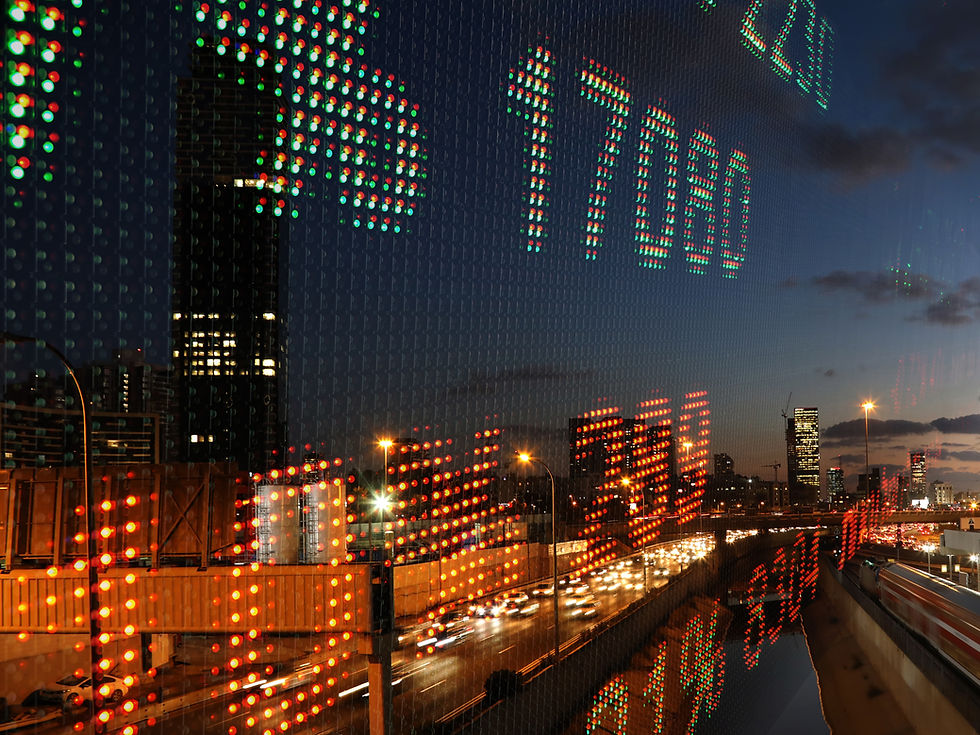Australian Office Market Shows Signs of Resilience and Recovery in 2025
- Andre Dirckze

- Jun 26
- 2 min read
The Australian office market is demonstrating promising signs of recovery in 2025, marked by positive net absorption and a resurgence in investor interest, particularly from international capital sources. Vanessa Rader, Head of Research at Ray White Group, noted a shift in market sentiment across the country’s major CBDs, although certain structural challenges persist.

“The outlook for the Australian office sector is improving, with several key indicators suggesting a more optimistic trajectory following a prolonged period of uncertainty,” Ms Rader stated. “Notably, we are witnessing a gradual return-to-office trend that is reshaping tenant requirements and reigniting investor confidence.”
Ms Rader highlighted that while remote work remains a component of workplace strategy, there is a discernible movement back toward physical office environments. This shift is being driven by a reimagining of office spaces to better align with employee expectations and business needs. “Organisations are transforming their offices into attractive destinations, incorporating features such as end-of-trip facilities, wellness zones, collaborative areas, and advanced technological infrastructure,” she explained. “This emphasis on quality is fuelling demand for premium and A-grade office assets that offer superior workplace experiences.”
The deceleration in new office developments across major Australian markets is also contributing to the absorption of existing inventory. “According to the latest Property Council of Australia (PCA) report, net absorption across CBD and non-CBD markets reached 118,756 sqm in the 12 months to January 2025—the first time this figure has surpassed 100,000 sqm in three years,” Ms Rader said. “With fewer new projects in the pipeline, the market is gradually digesting the oversupply accumulated in recent years.”
Recovery is most evident in prime CBD locations and select suburban hubs that offer strong amenities and transport connectivity. Conversely, secondary precincts and older assets continue to face headwinds.
Despite these encouraging trends, Ms Rader cautioned that broader economic challenges could temper the pace of recovery. “Global economic instability, inflationary pressures, political uncertainty, and rising geopolitical tensions are impacting business sentiment,” she said. “As a result, many occupiers are adopting a conservative approach to leasing decisions, favouring shorter lease terms and incremental expansions.”
This cautious stance is contributing to a slower-than-expected recovery, with many businesses opting to retain their current footprints. “This ‘wait-and-see’ approach is likely to persist into 2026, prolonging the market’s rebound,” Ms Rader added.
Nonetheless, Australia’s office sector is benefiting from increased foreign investment, as global investors seek stability amid international volatility. “Australia’s robust economic fundamentals, political stability, and strategic location in the Asia-Pacific region continue to position it as a safe haven for capital,” Ms Rader said. “The current valuation of the Australian dollar presents an attractive entry point for offshore investors, while yields remain compelling compared to recent years.”
This dynamic has led to heightened investment activity in CBD markets, particularly from North American and Asian institutional investors. “The yield premium, combined with Australia’s reputation for investment security, is especially appealing to investors from Canada and Japan,” she noted.
Looking ahead, Ms Rader anticipates a continued, albeit gradual, recovery. “The Australian office market appears to be emerging from its downturn, with the most challenging period likely behind us,” she concluded. “While the long-term outlook is cautiously optimistic, near-term progress will likely be measured, extending through 2025 and into 2026.”



Comments